TL;DR is a monthly digest summarizing the vital bits from the previous month's How to Live newsletter so you don't miss a thing.
After three years as a donation-based newsletter, most of How to Live is now behind a paywall. This change honors the value of this work and keeps How to Live a meaningful, supportive resource.
$6/month gets you 86 new articles a year (just 84 cents per article), full archive access, invites to in-person events and discounts on workshops.
Still Free: TL;DR summaries and occasional public posts. If finances are tight, reach out—we’ll work it out.
Thank you for being part of this community. Your support makes it possible.
On December 4th, 2024 I Wrote About Incongruence and How It Applies to Me and This Newsletter.
Much of my life, I’ve been drawn to people who traffic in incongruence. I’ve dated and befriended incongruent people; they felt familiar in a way I mistook for safety, but of course, they weren’t safe.
After a lot of hard work, I reached a point of no return. I’ve cleared most of these dynamics from my life—except for one: my own. I am still, on occasion, incongruent with myself.
Growing up with undiagnosed panic disorder, I was repeatedly let down by systems and adults who didn’t help me. This taught me to ignore my own needs, and to prioritize the needs of others. I internalized the belief that my distress didn’t matter, that I wasn’t worth support. And that belief, despite years of growth and healing, still shows up in my life.
But I feel a shift happening.
I’ve done enough work to recognize my value and smash back at old patterns whenever they reappear, but I’m also realizing how often I’ve gotten in my own way. I don’t always let people support me—I make it easy for them to opt out.
It’s a dynamic I’ve carried for years, and one I’m finally ready to change.
This realization ties into this newsletter, where I’ve poured my heart and energy for three years.
Next week, I’ll share an important announcement about some changes I’ve wrestled with for a long time—changes that feel both necessary and deeply unsettling.
On December 4th, 2024 I Wrote a Special Sleep Edition For My Fellow Insomniacs.
Just popping in to ask how you’re sleeping.
Me? NOT WELL.
I’ve been waking up every night at 3am for a week. Granted, I’m sick, but still, this is when I most need my sleep. Because I’m suffering, I made this little sleep edition, in case you are also suffering.
So, here you go. A special How to Live Sleep Edition. Just for you.
I offer podcasts, a meditation, blue light blocking glasses and a late night letter to read when you are up at 3am.
And, if you missed the 3am letter I wrote for my friend Adam W, and for us, here it is again.
December 8th, 2024, I Wrote About The Fault Lines of Friendship, And What Drives Us to Take Sides.
Have you ever run into someone you knew through a friend you no longer speak to?
Someone you've only shared lighthearted, fun times with—until the day you see them on the street and instead of returning your smile, they pass with a grazing chin nod, their usual warmth replaced by the psychologically coercive silent treatment?
We don't know what to make of this sudden cold shoulder.
Could this person, with whom you've long considered quite excellent, be angry because they've heard—and believed—one side of a two-sided story? Or is this upset-by-proxy their signal of loyalty to your once-mutual friend?
This happened recently to someone I love. She and I talked it through and she gave me the A-OK to share her story here.
Friendships are complex living arrangements.
Each relationship is unique, shaped by individual histories, quirks, and unconscious forces. Person A might treat Person B with warmth and loyalty while showing Person C only contempt—yet Person A and Person B remain inseparable.
But what happens when person A demands Person B cut off Person C, driven by murky, inarticulable reasons?
And what do we make of Person B if they comply, ending a connection with someone they have no personal issue with?
December 11th, 2024 Revealed The Next Phase of How to Live.
Dear Readers,
Change is uncomfortable—especially when it comes with uncertainty. I hate it, you hate it, we all hate it.
And yet, research in neuroscience and behavioral psychology shows that facing what we’d rather avoid strengthens resilience, builds self-trust, and deepens our sense of worth. Choosing discomfort over avoidance reshapes what we believe we’re capable of—and that belief changes everything.
Today, I’m making a change I’ve resisted for a long time.
For the past three years, I’ve poured everything I know and have into How to Live—stories, tools, insights, personal struggles, and the wisdom hard won from navigating a life made difficult by mental health conditions—to help make life feel more manageable. Offering it freely has been my greatest joy—and my biggest challenge.
Despite trying every reader-supported model, sustainability has remained out of reach. In order to evolve and keep How to Live thoughtful, meaningful, and high-quality, I need to change how this work is supported.
Starting next month, most of How to Live will be available through a paid subscription.
December 13th, 2024 Was How to Live’s Annual Holiday Gift Guide.
Great gifts are sustainable, good for the earth, nourishing for the soul, and useful in life. Superior gifts are the ones we want for ourselves.
At least, that’s how I roll.
These lists are teeming with goodies that work for every month, not just December.
SO teeming in fact, I added more in a second email…
December 18th, 2024 Was About The Science of Connection.
What makes us cling to some people and push others away?
What shapes our ability to trust, love, and connect? For one answer, we can return to early 20th-century London, where a lonely boy named John Bowlby sat in a nursery, waiting for the one person who made him feel safe.
John Bowlby was born in 1907, the fourth of six children in a British upper-middle-class family. His parents followed the rigid norms of the Edwardian era, where emotions were considered not just weaknesses, but liabilities. His mother, dedicated to social propriety, met with her children for only one hour each day at tea. His father, a prominent surgeon, was even more distant, seeing the children only on Sundays.
Though John’s mother considered excessive affection dangerous, he found comfort in the warmth of his nanny, Minnie. But when John was four, Minnie left the household abruptly—a loss Bowlby would later describe as a “psychic wound.” The profound grief of losing his primary source of emotional security planted a question that would shape his life’s work: What happens when we lose the people who make us feel safe?
In 1913, six years after Bowlby’s birth, another child was born far across the Atlantic in Ohio: Mary Salter (later Mary Ainsworth). A precocious child who taught herself to read at age three, she was intellectually curious but emotionally cautious. Her mother was distant, but Mary shared a close bond with her father, who nurtured her intellectual curiosity.
Attachment shapes how we trust, love, and connect.
Bowlby’s painful early experiences with separation and loss planted the seeds of his revolutionary ideas, while Ainsworth’s groundbreaking Strange Situation Experiment uncovered the attachment styles that define our relationships.
But what do these styles mean for how we connect—or disconnect—in adulthood?
December 25th, 2024 Was A Virtual Stocking For My Beloved Readers.
To thank you for your readership, subscribership, amazing emails throughout the year, and moral support when times got tough, I’ve made this last newsletter of 2024 a non-denominational virtual stocking and filled it with goodies.
A reminder that beginning 2025, this newsletter will be entering its paid era. This means that most of the newsletter will be behind a paywall. If you missed this announcement, you can read how and why I came to this deeply fraught decision, here.
Until next week, I remain…

Amanda
P.S. Thank you for reading! This newsletter is my passion and livelihood; it thrives because of readers like you. If you've found solace, wisdom or insight here, please consider upgrading, and if you think a friend or family member could benefit, please feel free to share. Every bit helps, and I’m deeply grateful for your support. 💙
Quick note: Nope, I’m not a therapist—just someone who spent 25 years with undiagnosed panic disorder and 23 years in therapy. How to Live distills what I’ve learned through lived experience, therapy, and obsessive research—so you can skip the unnecessary suffering and better understand yourself.
Some links are affiliate links, meaning I earn a small commission at no extra cost to you. Every bit goes straight back into supporting this newsletter. Thank you!


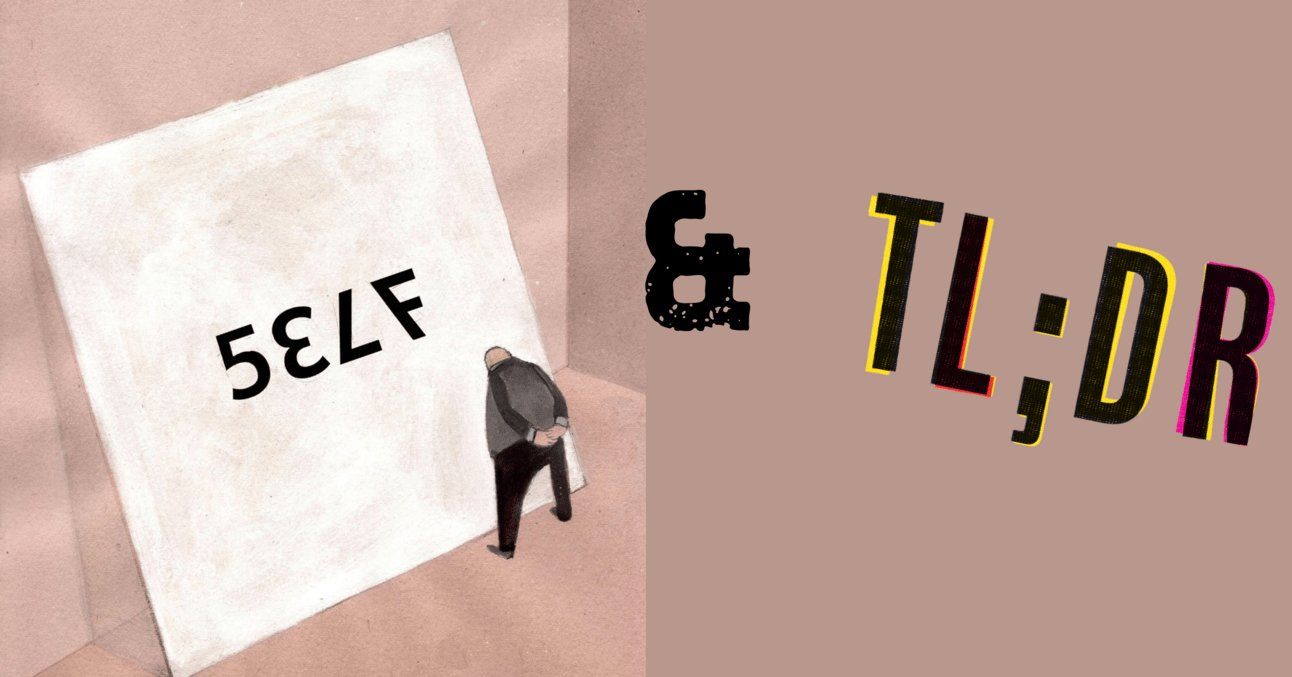
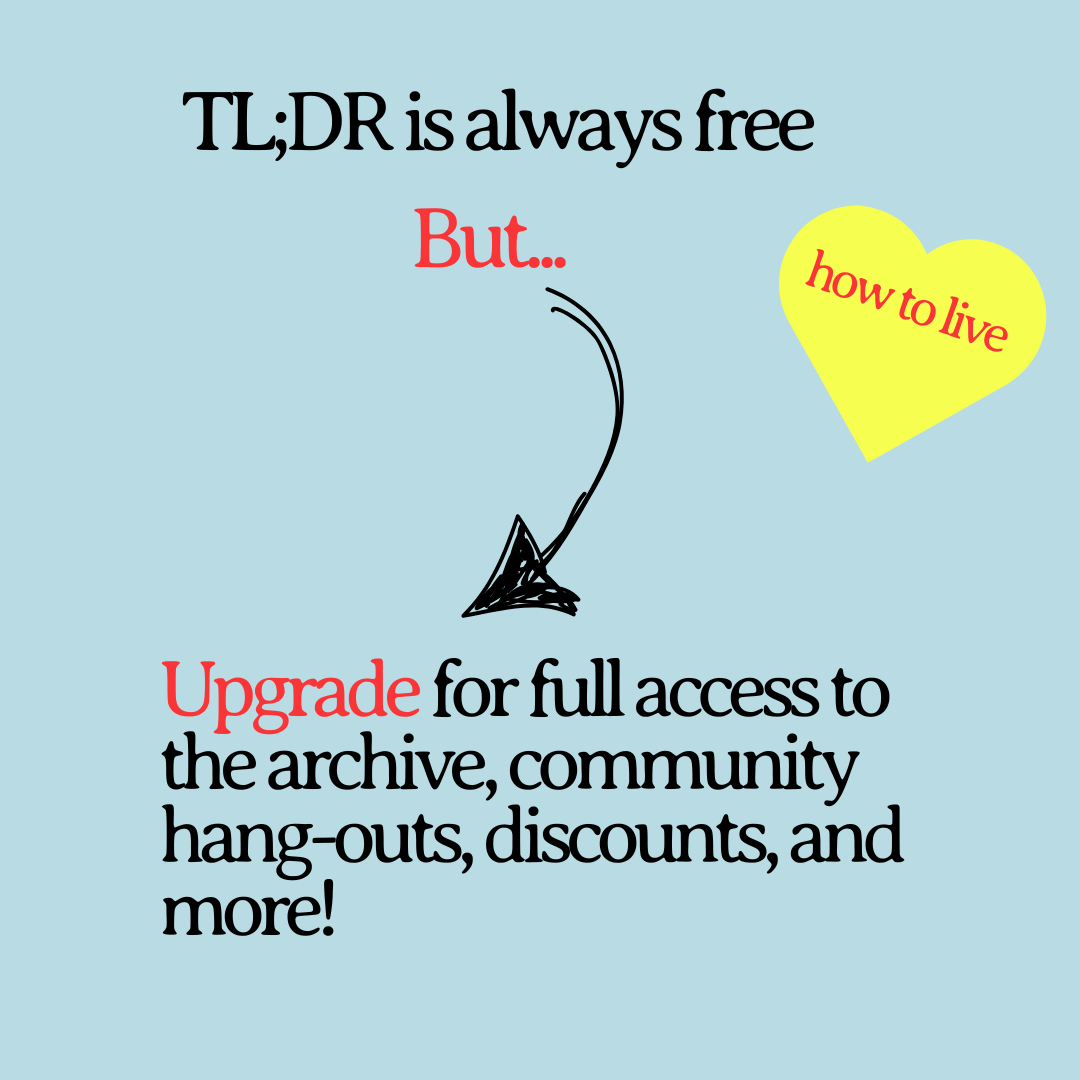




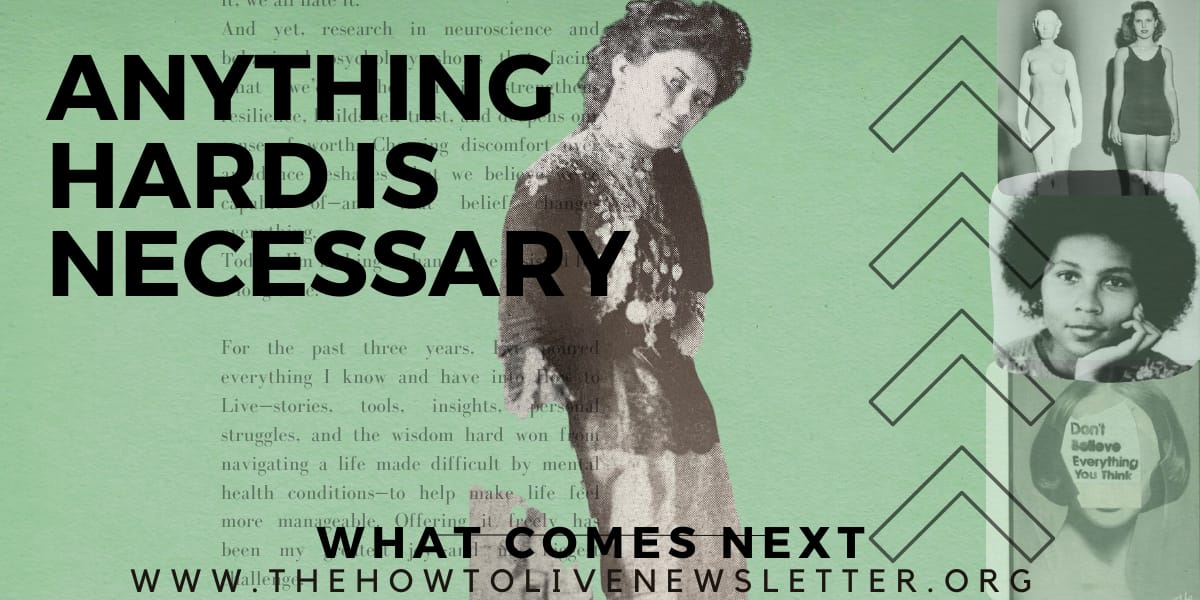


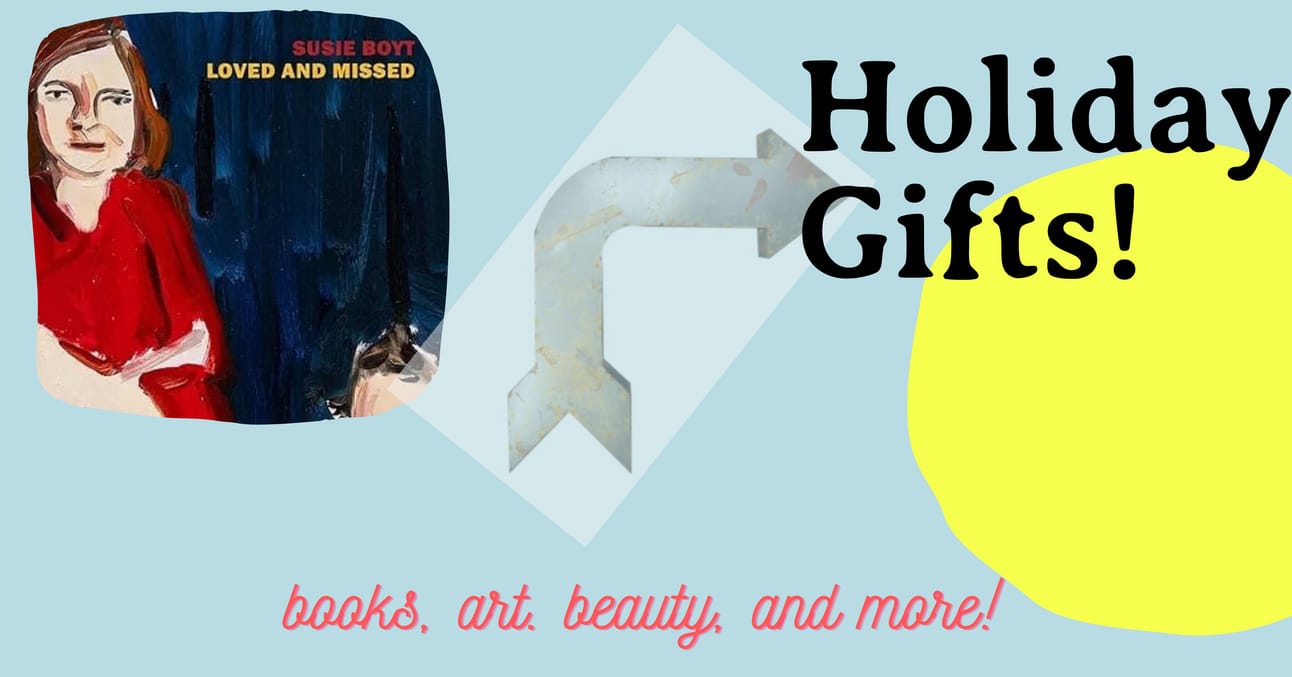
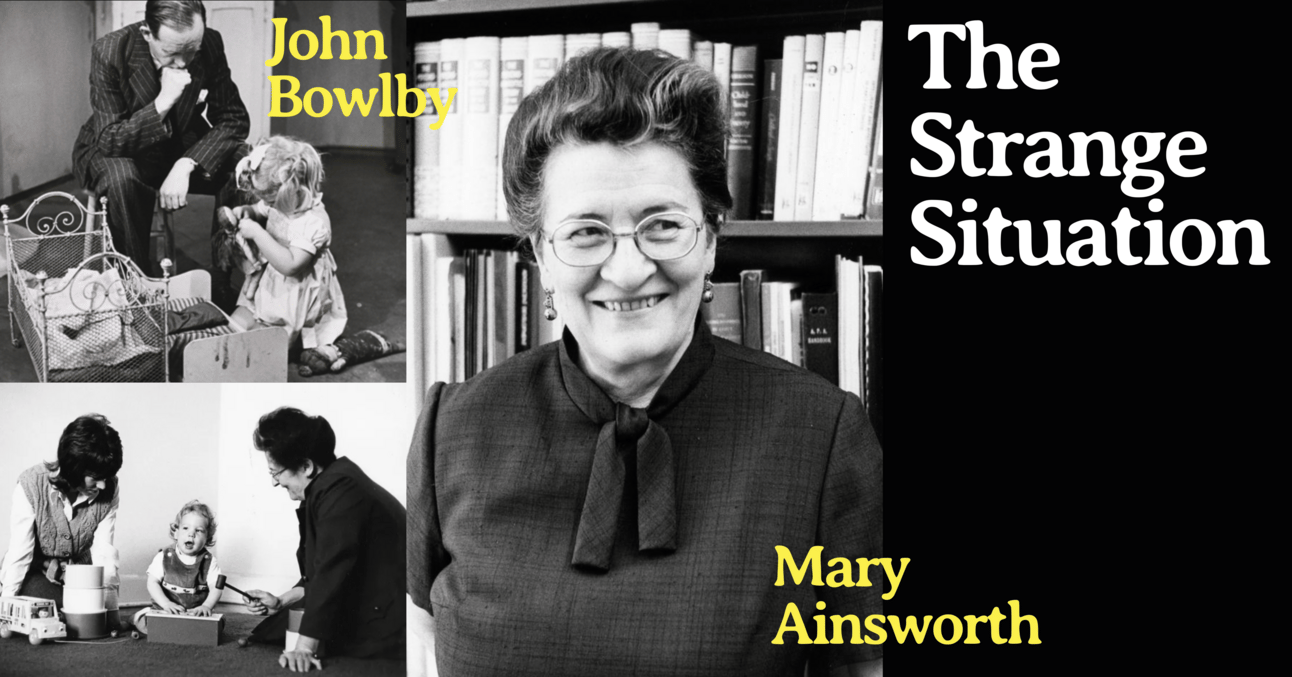

 Upgrade
Upgrade